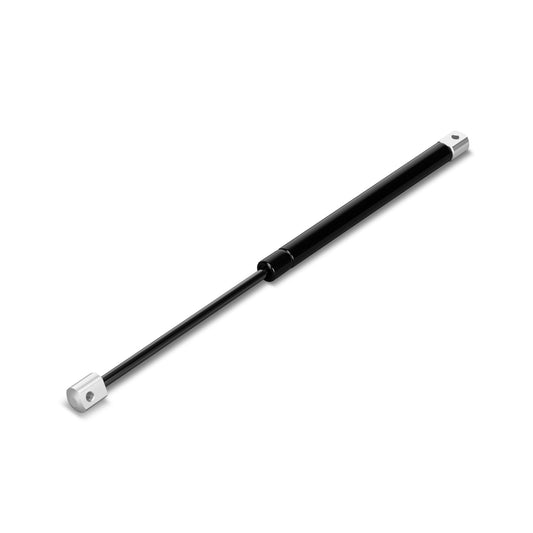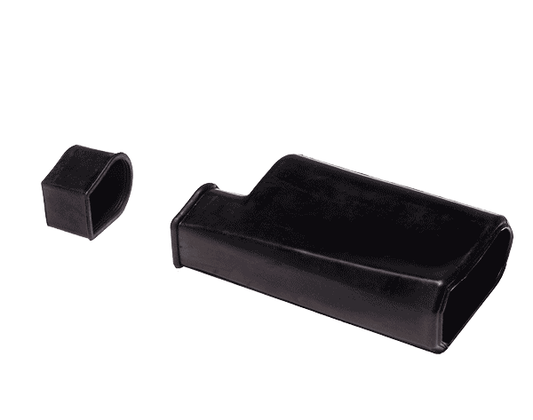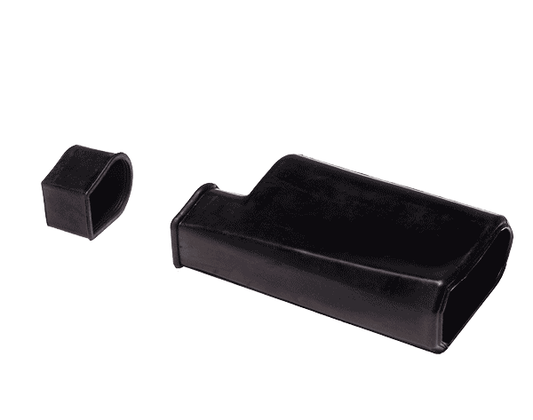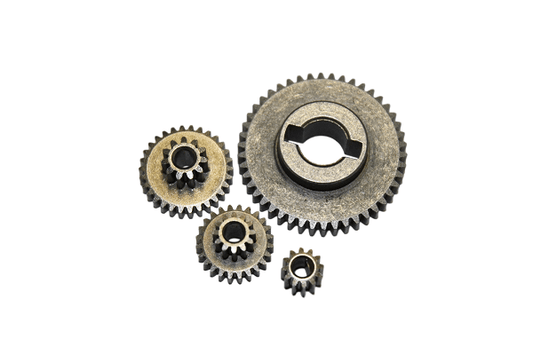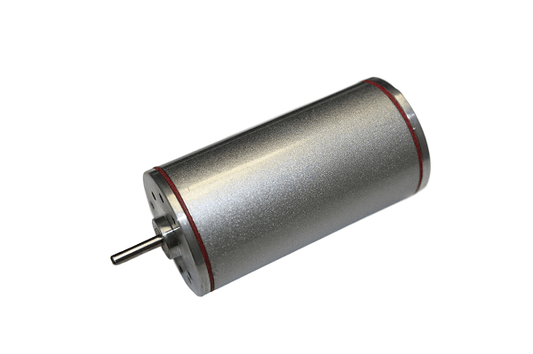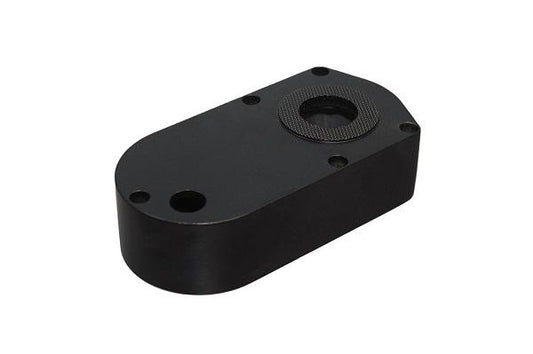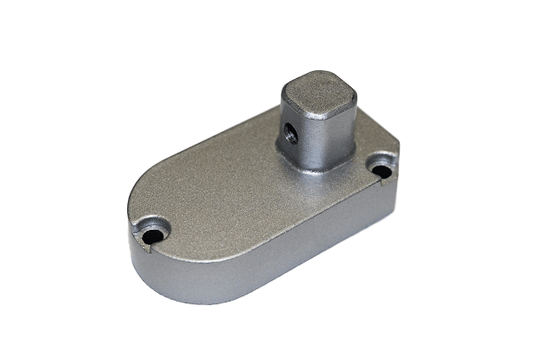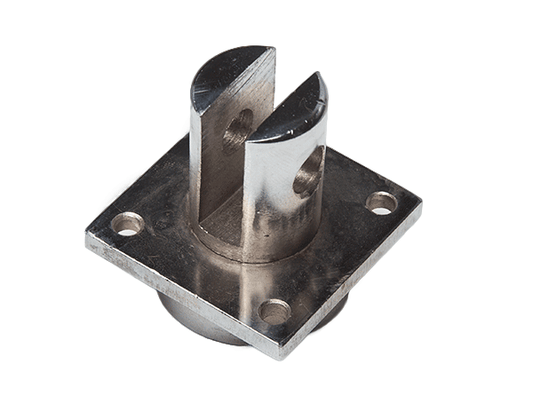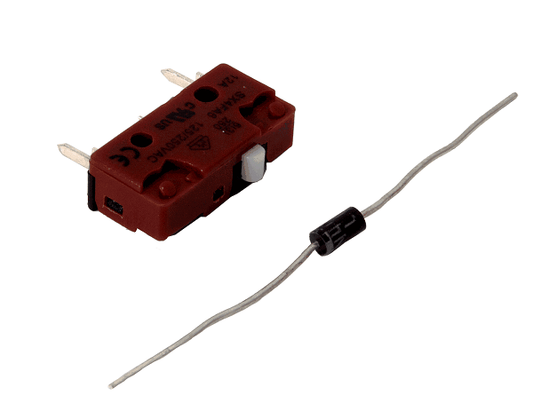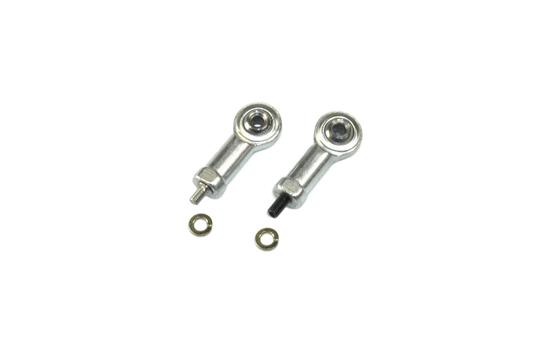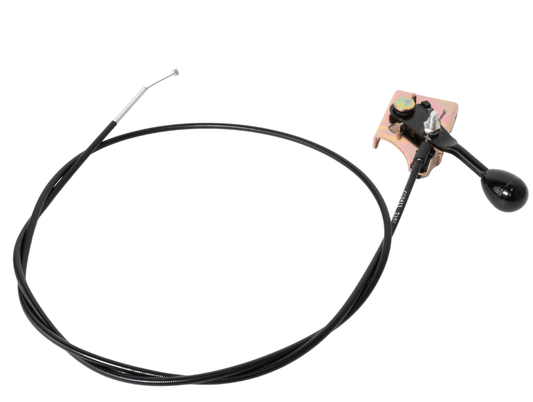-
New
Gas Spring Designed for PA-01
Model GS-01Starting from i PricingThe final pricing depends on the product specifications and the quantity ordered. The more you buy, the cheaper it is. See details at the product page. $14.99 USD -
Actuator Rubber Boot for PA-14 Models
Model AC-05$14.99 USD -
Actuator Rubber Boot for PA-14P Models
Model AC-20$14.99 USD -
Metal Motor Gears - PA-14 Models - 50 lbs and 150 lbs
Model PRT-14-7-150$5.00 USD -
DC Motor - PA-14 Models
Model PRT-14-100$25.00 USD -
Bottom Case - PA-17 Models
Model PRT-17-29$25.00 USD -
Base Cover w/ Holes Rotated 90 Degrees - PA-14 Models
Model PRT-14-8B$5.00 USD -
Motor End Clevis - PA-03 Models
Model AC-19$4.99 USD -
Limit Switch - All Models Except PA-17
Model AC-12$8.99 USD -
Fisheye Mounting Hole - PA-12 Models
Model PRT-12$8.99 USD -
Quick Release Lever and Cable
Model AC-32$40.99 USD
